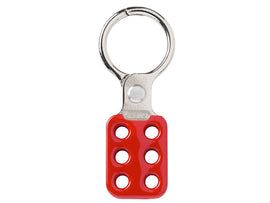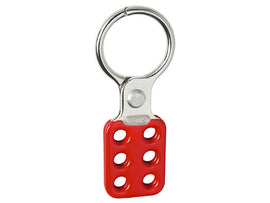Caulking is a crucial skill for any DIY enthusiast or homeowner looking to maintain their living spaces. Whether you're sealing gaps, repairing joints, or installing fixtures, mastering the art of caulking can make a significant difference in the durability and aesthetics of your projects.
In this comprehensive guide, we'll explore the best tips for caulking, covering everything from choosing the right caulk to application techniques.
Choosing the Right Caulk
1. Identify Your Project Needs
Before selecting a caulk, determine the specific requirements of your project. Different caulks are designed for various applications, such as indoor or outdoor use, flexibility, and resistance to moisture.
2. Consider Material Compatibility
Ensure the caulk you choose is compatible with the materials you're working with. Whether it's wood, metal, glass, or tile, using the right caulk will enhance adhesion and longevity.
3. Evaluate Environmental Conditions
Take into account the environmental conditions your project will face. If the area is prone to extreme temperatures, humidity, or direct sunlight, opt for a caulk that offers superior weather resistance.
Shop our full range of Decorator's Caulk
Essential Tools and Preparation
Before starting, make sure you have all the necessary tools, including a caulk gun, utility knife, and a smooth-edged tool for finishing touches.
Clean and dry the surface thoroughly before applying caulk. Remove any old caulk, paint, or debris to ensure proper adhesion and a seamless finish.
Use masking tape to create clean lines and prevent caulk from spreading to unwanted areas. This is particularly useful when caulking corners or edges.
To summarise:
- Gather your tools
- Prepare the surface
- Masking and taping
How to Apply Caulk
Cut the Nozzle at the Right Angle
Cut the caulk nozzle at a 45-degree angle, creating an opening that matches the width of the joint. This ensures a smooth and controlled application.
Control Bead Size
Control the size of the caulk bead by adjusting the pressure on the caulk gun trigger. Experiment on a scrap surface to find the right balance for your specific project.
Smooth and Shape
Immediately after applying caulk, use a smooth-edged tool or a damp finger to smooth and shape the bead. This not only improves aesthetics but also enhances the caulk's ability to create an effective seal.
Common Caulking Mistakes to Avoid
1. Avoid overapplication
The most common mistake we see is overapplication. Applying too much caulk can lead to messy results and waste. Be conservative in your application, and remember that you can always add more if needed.
2. Check expiry date of caulk
Before starting, check the expiration date on the caulk tube. Using expired caulk may result in poor adhesion and compromised performance.
3. Don't skip the testing phase
Lastly, before tackling your main project, practice caulking on a scrap surface. This allows you to refine your technique and get comfortable with the caulk gun.
---
By following these tips, you'll be well-equipped to tackle any caulking project with confidence and precision. Remember, the key to successful caulking lies in careful preparation, the right tools, and attention to detail.
Happy caulking, and may your projects be sealed with perfection!







